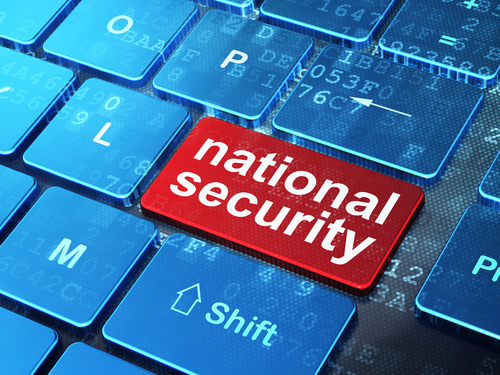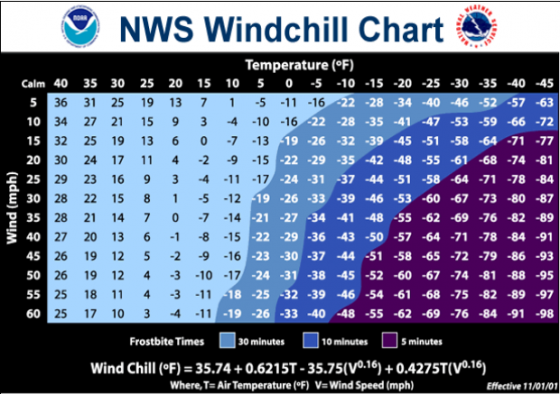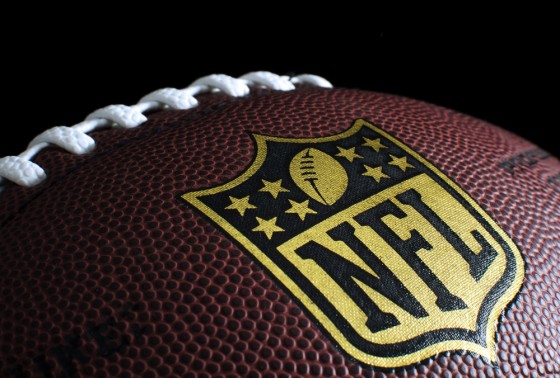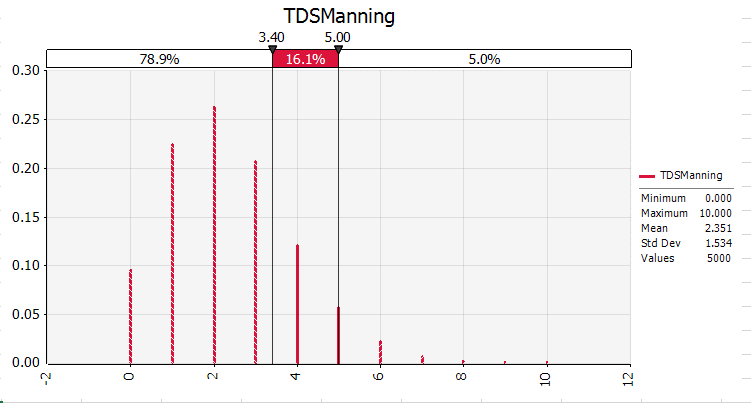On November 19, 2013 the Senate Finance Committee released its proposals for reforming the United States international tax system with the goal of making U.S. businesses more competitive. One of the provisions included in the draft was the reinsurance tax, commonly referred to as the “Neal Bill.” This provision, introduced in the past few legislative sessions by Rep. Richard Neal (D-MA) and Sen. Robert Menendez (D-NJ), would disallow an income deduction for reinsurance premiums paid by an U.S. insurer to an affiliated reinsurer if the reinsurer is not subject to U.S. federal income tax on the reinsurance premiums. Over the past few weeks, several groups have taken the opportunity to comment on the committee’s draft, and specifically the inclusion of the Neal Bill language.
Upon release of the discussion draft, the Coalition for Competitive Insurance Rates (CCIR) expressed its opposition to the inclusion of the Neal Bill provisions. “The decision by Sen. Max Baucus (D-MT) to include this provision in the Finance Committee’s draft ignores warnings from elected officials, state insurance commissioners, trade experts and consumer advocates that this tax would drive up the cost of insurance to homeowners and small businesses.”
Many members of CCIR, including RIMS, also took the opportunity to express their opposition to the tax. In a December letter filed with the Senate Finance Committee, RIMS President John Phelps stated RIMS opposition to the draft because of the “demonstrable negative implications for the global reinsurance market and the United States businesses that rely on this market. The current system allows companies to cede reinsurance, freeing capital to provide more insurance to domestic consumers and thus maintain reasonable premiums.”
Allianz of America, Munich and Swiss Re filed a joint letter stating the reinsurance provisions would “disrupt essential risk distribution practices followed by domestic and foreign insurers, alike; increase premiums and reduce coverage available to U.S. consumers, particularly in catastrophe prone areas along the coastlines.”
James Donelon, Louisiana commissioner of insurance has stated that the discussion draft “could ultimately result in citizens in disaster-prone states like Louisiana being faced with higher premiums for their property insurance.”
Bill Newton, executive director of the Florida Consumer Action Network, expressed similar sentiments. “By increasing taxes on foreign-based reinsurers, consumers would face lower insurance capacity, diminished competition in the insurance market and, most importantly, higher prices. These measures are counterproductive to the job of revitalizing and strengthening the American economy. Ultimately, the cost of increased taxes will not fall on the foreign based reinsurers, but instead on consumers and businesses in Florida and other states.”
While, many continue to oppose the Neal Bill provisions there is one group supportive of the measure. The Coalition for a Domestic Insurance Industry, led by W.R. Berkley Corp., Travelers and Chubb, has consistently supported similar legislation in the past. In a May 21 statement, William R. Berkley, in reference to the re-introduction of the Neal Bill legislation, stated that “closing unintended loopholes to recover lost revenue is one of the best ways to offset the cost of needed tax reform. Closing this loophole, staunching the flow of capital overseas, and restoring competitiveness for this important domestic industry is a win for all.”




